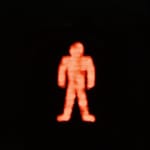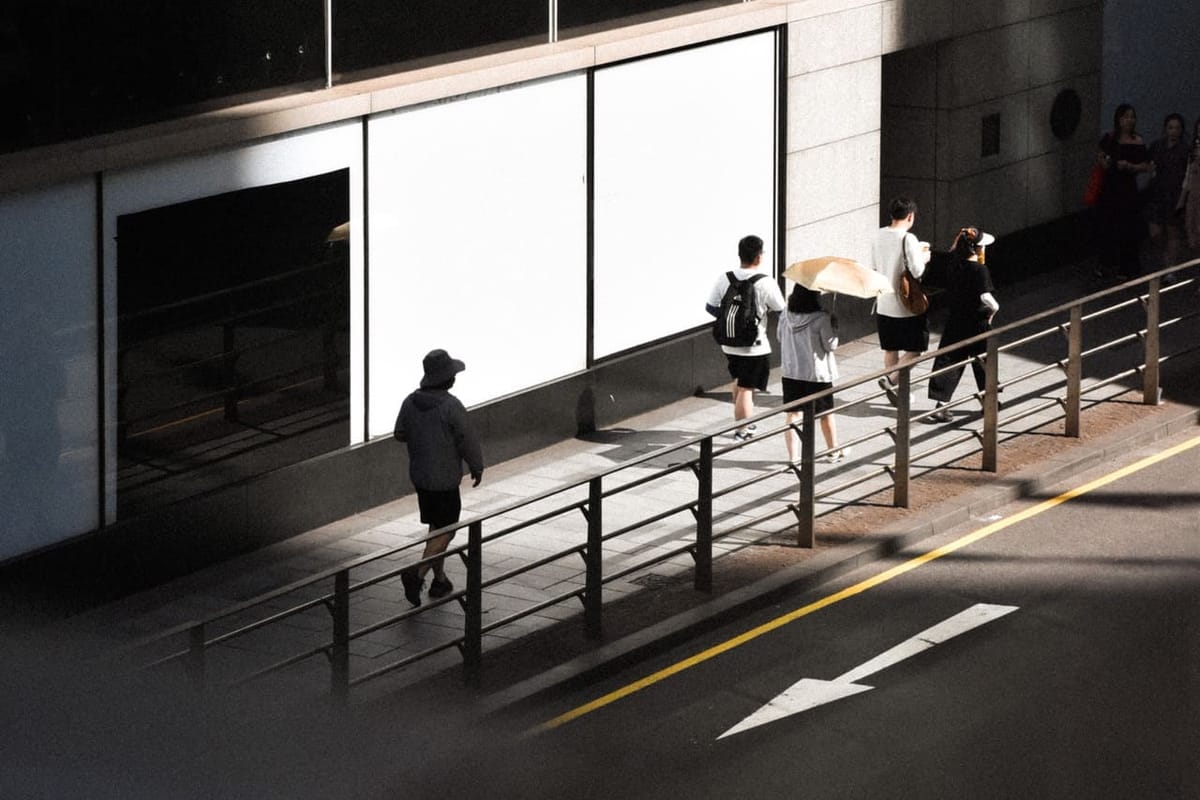From ChatGPT to MidJourney, artificial intelligence has amazed and taken the world by storm with its powerful machine learning abilities. Its impact on art is unique. as it questions ideas of originality and authorship. Many view it as a threat to human creativity and skill. More AI-generated images are appearing, and some street photography accounts or magazines are sharing them as real street photography. This has caused a lot of discussion and concern. There have been quite a lot of discussions on whether AI ‘street photography’ is street photography, and I’d like to share my take about it in terms of the creative process and approach, and why it is important to differentiate the two.
The polar opposite nature of street photography and AI ‘street photography’
Let’s start with what street photography is. It can be a broad concept, but it eventually boils down to a few things, the medium, the environment, the degree of control to the environment, and the purpose of the form of art. First the medium, this form of art must be created with a camera (obviously a device that can record the image with the interaction of light, whether it is in digital or analogue format), which is how all kinds of photography is created. Second, street photography is taken in the public space, that means the image making has to go outside to take the pictures, instead of at their home or studio. Additionally, it has less control over the environment or the subject. Photographers don’t get to decide the design of the environment, or do precise arrangement for the people to be captured in photos. Finally, it aims to document the daily lives of common people in the period of time the photographer lives in .
When taking street photography, the photographer captures the coincidences and random acts of the people, objects, and the surroundings. Everything is constrained by the uncontrolled environment. One split second can make a huge difference in the lighting and composition of the photo, so photographers have to be decisive on what to capture. Moreover, there are so many things going on in the streets. The photographer is offered countless subjects for the image, and they need to choose what to capture onsite and what not to capture. It is a subtractive approach.
On the other hand, AI ‘street photography’ is created by inputting prompts to the AI app of the person’s choice. It is not limited by the surroundings, and there is no need for cameras during the whole process. There can be a lot of trials and errors, and the person keeps refining the prompts to get the image they want, so the time-constrained element in street photography is removed. The image created is not based on the actual environment, but directly on thousands of images that other photographers and artists create, and the AI app generates one based on machine learning. Since the images created are not based on the real-life environment, AI ‘street photography’ doesn’t serve the purpose of documenting daily life of a place in a certain period of time. Also, the person is offered a blank canvas instead of a busy street when creating the image, that means it’s more like thinking about what to add, it’s a kind of additive and staged approach.
The implications and the why
As you can see, the AI ‘street photography’ is drastically different from street photography in terms of the control of surroundings and subject, image-making process, and the purpose of the form of art. This article is by no means rejecting all things AI image-making, it is about the clear differentiation between two media. Also there is the problem of originality and authorship. Some people say that nothing is new and that all art comes from inspiration. It’s true that being inspired and creating your own photos is one thing. However, allowing AI to generate an image using your prompt and the work of other artists is something else entirely. Not to mention the protection of copyright of the artists’ works used in the apps. It is an ethical issue that’s begging to be solved. AI image-making can serve as an inspiration and provide an initial direction of a project and acts as a playground for imagination, but the craftsmanship needed for photography isn't here.
Some may also argue that photographers nowadays are just like the painters more than a hundred years ago who were afraid of the invention of photography making the medium and form of art obsolete. But this is definitely not the case. To defend the boundaries of a form of art, here the street photography, is to preserve a way of thinking, expression, and craftsmanship, human’s desire to create art and document our daily lives. There are nuances in the thinking and process between street photography and AI ‘street photography’, in which one plays with the values of shutter and aperture to create a certain effect onsite and tries to be decisive and adaptive to the surroundings in the former, and one relies on the precision of describing an image in the latter. The process of creation determines the way of thinking. Only when we differentiate two clearly can we have a clearer view and judgement of two forms of creation. Preserving craftsmanship means honoring our natural desire to create. The joy and excitement it brings are unique and can't be found in anything else. And the pursuit of realness of history and emotions in street photography needs to be treasured, especially in an age of misinformation, fake news, and confusingly ultra-realistic AI images. It offers us a glimpse of the other side of our history – the mundane, the festive, the melancholy, the humour, apart from the decisions of world leaders and the aftermath. By documenting the real life of people, and raising questions based on it, can we understand and reflect on our lives more comprehensively.
So no, AI ‘street photography’ is not street photography as it fails to satisfy the pursuit of authenticity in the latter, and the process of creation is completely different from street photography. To put two forms of art together is to sabotage the affordances of the two categories and the meaning of documenting people’s lives in a real setting.
(Originally named as 'AI street photography vs. street photography' and published in summer 2023, the article has been updated for readability.)

